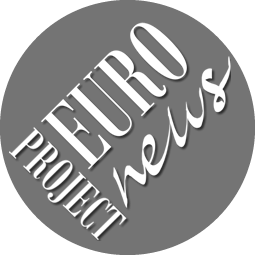By Brendan DooleyBaccio Giovannini, the Florentine resident in Paris, writing on 10 June 1602, goes straight into detail:“My Most Serene Lord and Patron: After my last letter on the fourth, since so many purges and ointments and poultices did nothing…
Category: Uncategorized
By Brendan Dooley The date is Turin, 20 July 1589. To an unsuspecting reader the letter would seem to be referring to everyday private domestic matters: wife, children, rental incomes, a nephew, the local priest, a doctor, etc. The writer,…
By Andrea di Carlo and Brendan Dooley It was a busy week in Venice. According to the newsletter of 7 March 1592, celebrations were being held here in honor of the newly elected pope; meanwhile, a Veronese person was being…
Over the last decade topic modelling has become increasingly more popular among humanities scholars studying textual data. In a nutshell, topic modelling is an algorithmic tool that can identify the key topics of a text; furthermore, in a collection of…
By Brendan Dooley Mediceo del Principato, vol. 2861. Unpaginated, but bound tightly enough so as not to confuse the order of pages. Leafing through, we find the order of pages seems somewhat idiosyncratic. Why is “From Bruxelles the 20th…
By Gabor M. Toth and Brendan Dooley Any way you look at it, our analysis of the documents in the Euronews Project involves sampling. To understand early modern news culture we need to take soundings within a vast amount of…
By Brendan DooleyTrouble in Rome! The Rome newsletter of 23 October 1582 informs:“The Congregation responsible for the reform and intercalation of the year has heard from Naples about a serious error in the printed version, such that the pope having…
By Gabor M. Toth and Brendan Dooley When studying a data set the very first step is a descriptive analysis. This is meant to get a quantitative overview of the data. A descriptive statistical analysis tells how skewed or balanced…
The digital study of early modern news culture involves a geographical layer. News were sent from one city to another; they were circulating in different geographical regions and spreading information about remote locations. In order to study the geographical layer…
